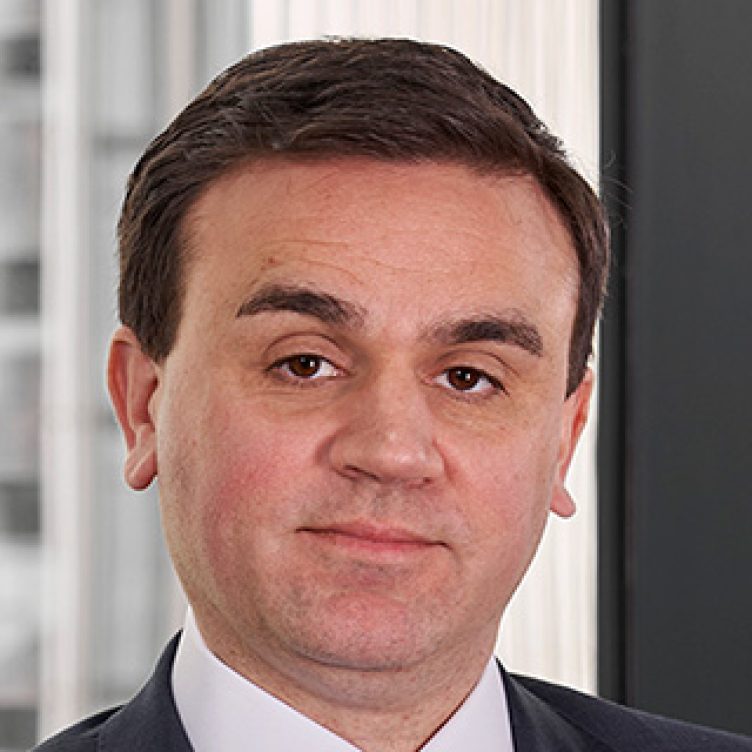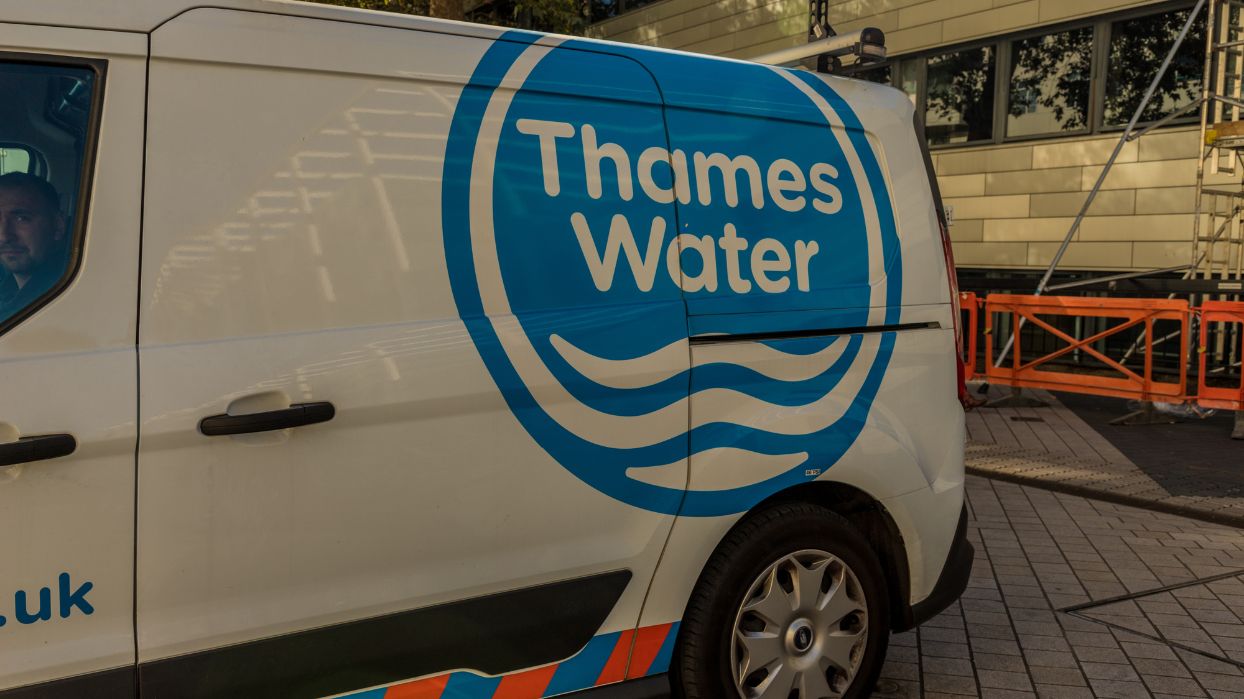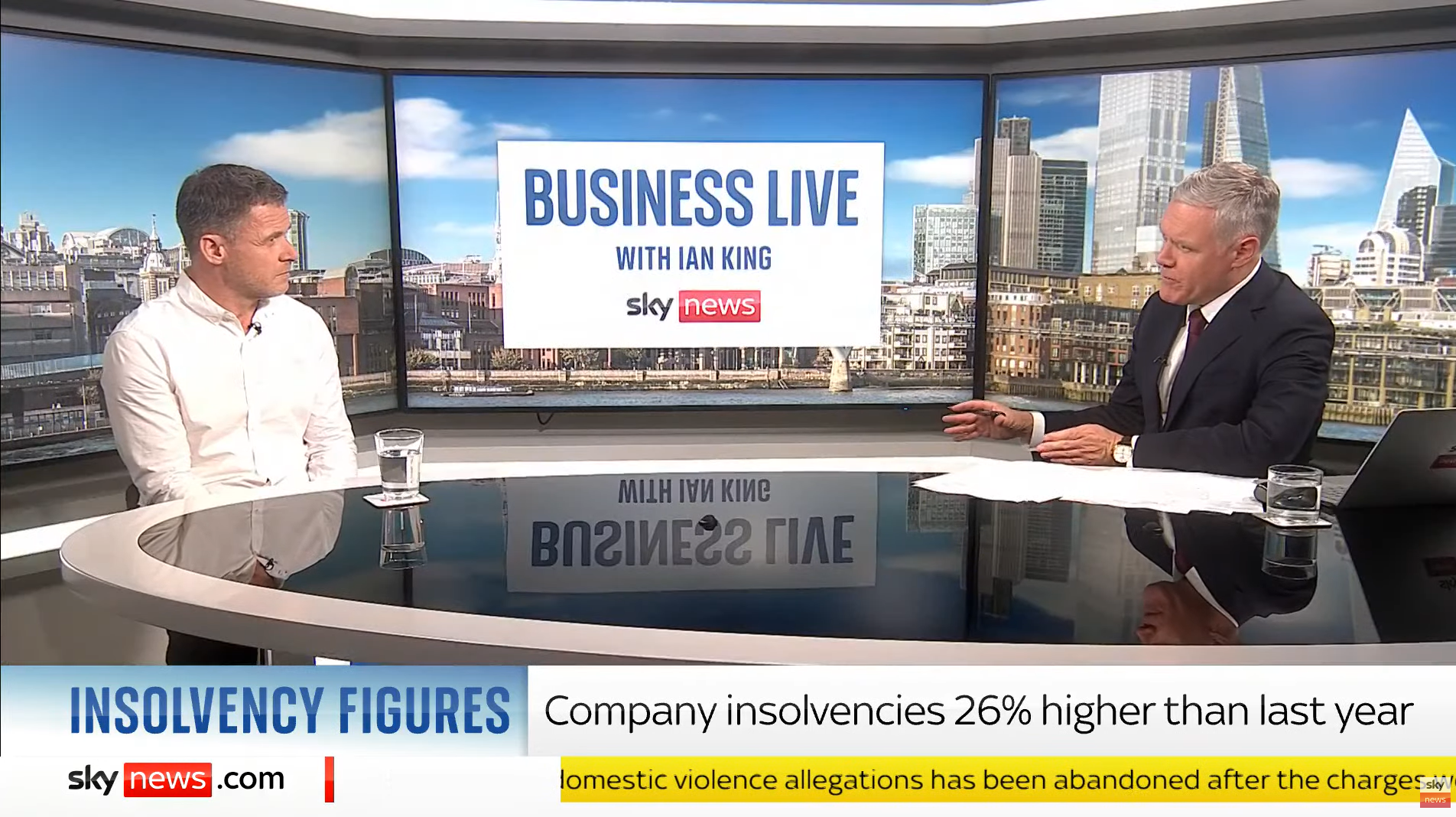A combination of continued high prices and rising interest rates has heaped pressure on already struggling businesses through the summer of 2023. The challenging circumstances have lead to an overall rise in creditors’ voluntary liquidations (CVLs) compared to both earlier months and the previous year, though the picture borne out by the statistics is more complicated than might be expected.
Insolvency and Asset Recovery partners Alex Jay and Tim Symes have monitored insolvency case studies and statistics and commented on what individual cases and the nationwide figures suggest about the health of the UK economy.
What can we learn from recent insolvency statistics?
Recent statistics as reported by The Insolvency Service illustrate an unpredictable economic landscape, perhaps more so than a consistent downturn.
Figures for March 2023 were 38% higher than February, which Tim described in quotes published by the print editions of the Independent and Daily Express as “jaw-dropping”. Not only because they were 16% higher than the same month last year but because of the massive upward spike compared to the previous month: court-ordered liquidations rose by a staggering 82% and voluntary liquidations by 34%.
April then saw an unexpected drop in the number of businesses going bust, but May followed with another system shock as 2,552 corporate insolvencies were registered, 40% higher than in the same month in the previous year. This was again driven by an increase in the number of CVLs and was “partly as a result of an increase in winding-up petitions presented by HMRC” according to The Insolvency Service’s reporting.
Tim concluded in a comment published in The Guardian’s business blog: “If the company insolvency figures were a heartbeat, then it would be erratic. After a surprisingly large drop in April following a massive spike in March, figures have reached a new record high in May. Voluntary liquidations have overwhelmingly driven the spike, likely due to company boards deciding their company cannot continue in the face of ever-rising interest rates and unrelenting inflationary pressures. Despite somehow managing to avoid recession, these figures tell us the economy is very much still in the woods.”
The Insolvency Service’s monthly statistics for June showed continued high levels of corporate distress with 2,163 registered insolvencies exceeding levels seen both before and during the Covid-19 pandemic.
Appearing on Sky News’ Business Live programme with Ian King on 18 July, Tim commented that the business community faces stresses from multiple angles. He added that so-called ‘zombie’ companies which have been able to service debts but never repay them are particularly vulnerable as only government measures during the Covid lockdowns had kept many of them in business, and these failures were now becoming inevitable.
The slow crush of interest rate rises
As the Bank of England has steadily edged up interest rates as a tool to counter stubbornly high inflation in the UK, business that require extra borrowing to cover rising expenses will increasingly find their repayments difficult to manage.
Reports that 29% of the 500 business owners surveyed by Evelyn Partners in June faced difficulties raising funding were “concerning”, Alex said. “Interest rates only seem to be going one way and if funding is hard to raise now, it will be even more difficult if rates go up further as expected. We have not seen volumes of insolvency driven by funding issues yet, but it’s inevitable given the scale of the rate increases.”
One high-profile example where blame was apportioned onto interest rates was the bankruptcy of Instant Brands, which enjoyed strong sales of its Pyrex glassware and Instant Pot multicookers during lockdown periods but has since struggled. Chief executive Ben Gadbois suggested that “tightening of credit terms and higher interest rates impacted liquidity levels and made [the company’s] capital structure unsustainable”.
Alex said: “There has been an absence of significant volumes of failures blamed on high interest rates thus far, but for Instant Brands this was a key issue. And if it happened to the makers of Pyrex, it will be happening to other businesses as they come to re-finance so we can expect to see more of the same in the business community.”
Turbulence spreads to the financial sector
Shockwaves have spread across the American and European banking sectors in recent months. Credit Suisse was the most high profile victim, with the bank’s collapse imminent before UBS stepped in with a rescue by acquisition. Other dangerously exposed financial firms included First Republic Bank, which was snapped up by JPMorgan Chase; and PacWest, where share prices nosedived between March and May. The crisis also spread to affect banks in the UK, leading to intervention by the Bank of England.
Alex said: “Many will question why some banks have been left so exposed to the interest rate changes, rapid as they were. Bailing out the sector is not going to be palatable given the extensive bail outs of the credit-crunch era, so if there are collapses there will be serious scrutiny on management. If short term profit has been put above the security of customer deposits that will raise very difficult questions.”
Pension funds have also felt the effects of the economic turmoil. Amidst the headlines that Thames Water was on the verge of going bust, reports noted that a significant portion of investment into the water supplier was made by pension funds. Alex noted that “pension funds face a risk of significant impairment to their investments. If the supplier’s struggles continue even after renewed funding by investors, then its seems obvious that the value of the pension funds’ investments will also be at risk.” Thames Water’s largest investor, Canadian pension fund Omers, had cut the value of its stake in the water firm’s parent by nearly £300m in 2022.
On 28 June 2023, Alex Jay spoke to Sean Farrington on BBC Radio 5 Live ‘Wake Up to Money’ about the issues affecting Thames Water in more depth.
You can find further information regarding our expertise, experience and team on our Insolvency and Asset Recovery page.
If you require assistance from our team, please contact us or alternatively request a call back from one of our lawyers by submitting this form.








